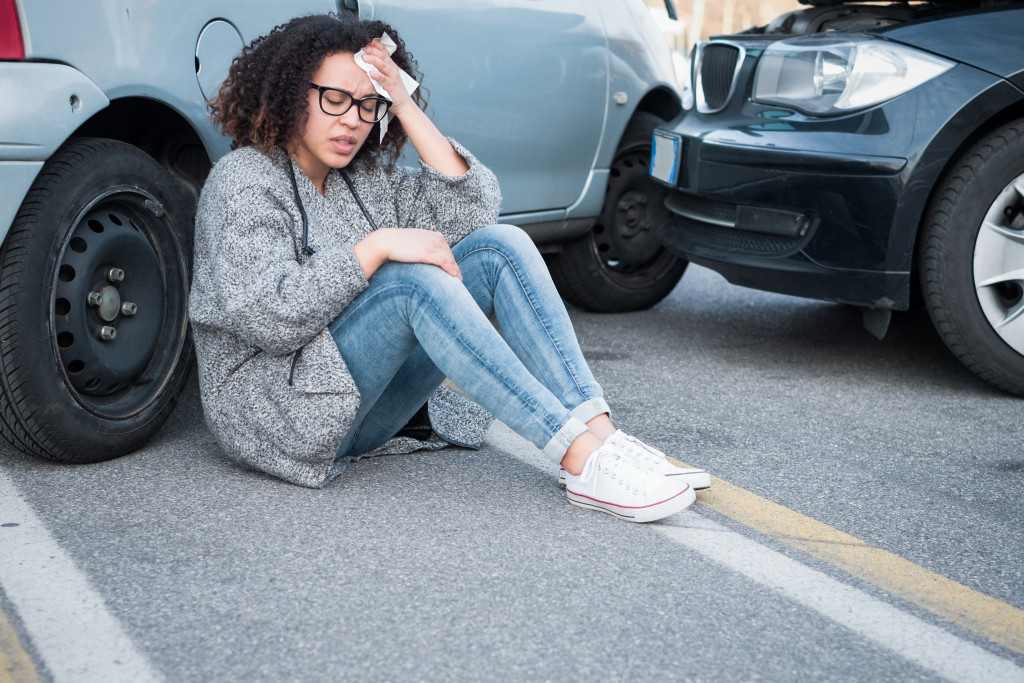Road accidents are the most dreadful thing that can happen to a road user, even though they often occur. The worst part is that we don’t learn from our errors on the road. Most road users are fully aware of the basic regulations and safety precautions while driving. Still, it is the only laxity on the side of road users that causes accidents and collisions.
Human error is the leading cause of accidents and crashes. We are expanding on some of the typical human behaviors that result in accidents that can easily be avoided with caution and a good education from an easy defensive driving course.
Taking Speeding as a New Bestfriend
The majority of deadly incidents are caused by excessive speed. It is human nature to strive for success. If given the opportunity, man will undoubtedly reach infinite in speed. However, when we share the road with other users, we will always trail behind one or more vehicles. Increased speed increases the likelihood of an accident and the degree of damage during an accident. Faster cars are more likely to be involved in an accident than slower vehicles, and the severity of the accident will be more significant in the case of faster vehicles. The higher the speed, the greater the danger.
When traveling at fast speeds, the car needs a more considerable distance to stop, i.e., braking distance. A slower vehicle comes to a complete stop quickly, while a quicker vehicle has a longer time to stop and skids for a longer length owing to the law of concept. A car traveling at fast speeds will have a more significant impact during the collision, resulting in more injuries. Driving at a higher pace reduces one’s capacity to evaluate upcoming events, which leads to errors in judgment and, eventually, a collision.
Fueling with Alcohol
It is customary to drink alcohol to commemorate any event. When combined with driving, however, celebrating becomes a tragedy. Concentration is impaired by alcohol. It shortens the response time of the human body. Limbs take longer to respond to brain commands. Because of the dizziness, it impairs eyesight.
Alcohol reduces fear and encourages people to take chances. These variables contribute to car accidents, which are often deadly—the risk of an accident double for every 0.05 rise in blood alcohol content. Aside from alcohol, numerous substances and medications have been shown to impair driving abilities and attention.
First and foremost, we advise against drinking alcohol. However, if you believe that your celebrations would be incomplete without liquor, do not drive under the influence of drugs or alcohol. Ask a sober buddy to go home.

Busy with Distractions
Though distraction while driving may be minor, it has the potential to cause catastrophic accidents. Distractions may exist both outsides and within the car. Talking on a cell phone while driving is a big distraction these days. The act of chatting on the phone takes up a large amount of the brain, whereas a smaller piece handles driving abilities.
This division of the brain impairs response speed and judgment. This is one of the causes of crashes. It is not safe to answer the phone while driving. If the call is urgent, pull over to the side of the road and respond. Some of the roadside distractions include:
- Adjusting mirrors while driving
- In-vehicle stereo/radio
- Road-killed animals
- Advertising banners and billboards
To stay safe during diversions and other outside distractions, the motorist should not be distracted by these items and should decrease speed.
Do You Even Know What Red Means?
Vehicles crossing without regard for the signal is a frequent sight at road junctions. The primary reason for Red light jumping is to save time. Stopping at a red light is often seen to be a waste of time and fuel. According to studies, following traffic signals correctly by all vehicles saves time and ensures that commuters get to their destination safely and on time. A red light jumper jeopardizes not only his own life but also the safety of other road users.
Traffic accidents happen for a variety of causes. While issues with roads or safety infrastructure cause some accidents, most traffic accidents are caused by drivers’ inability to follow laws, consider pedestrians, and recognize hazardous actions. So, how can you lower your chances of becoming a traffic statistic? Understanding how injury-causing and deadly motor vehicle accidents occur is the first step in preventing them.

